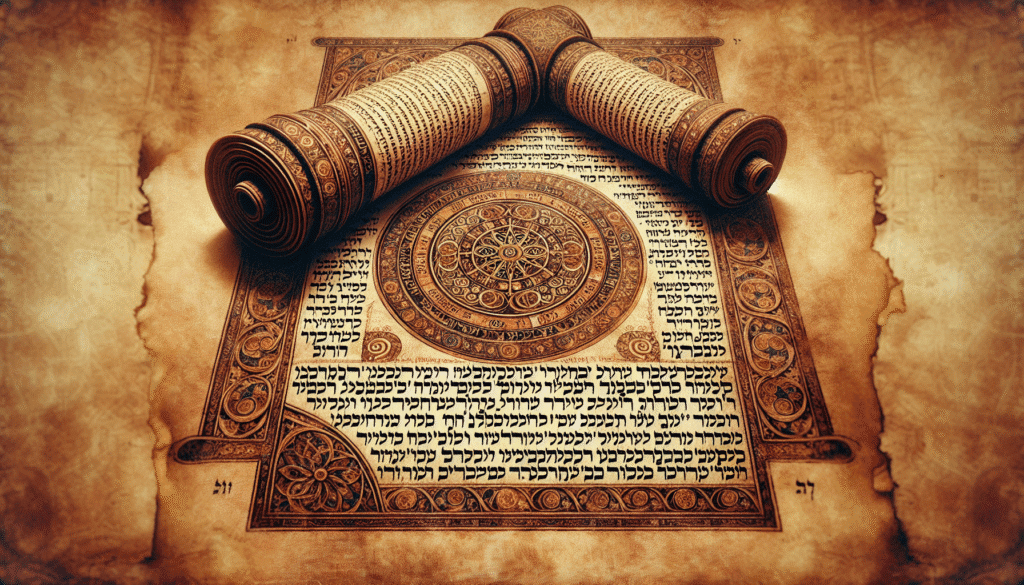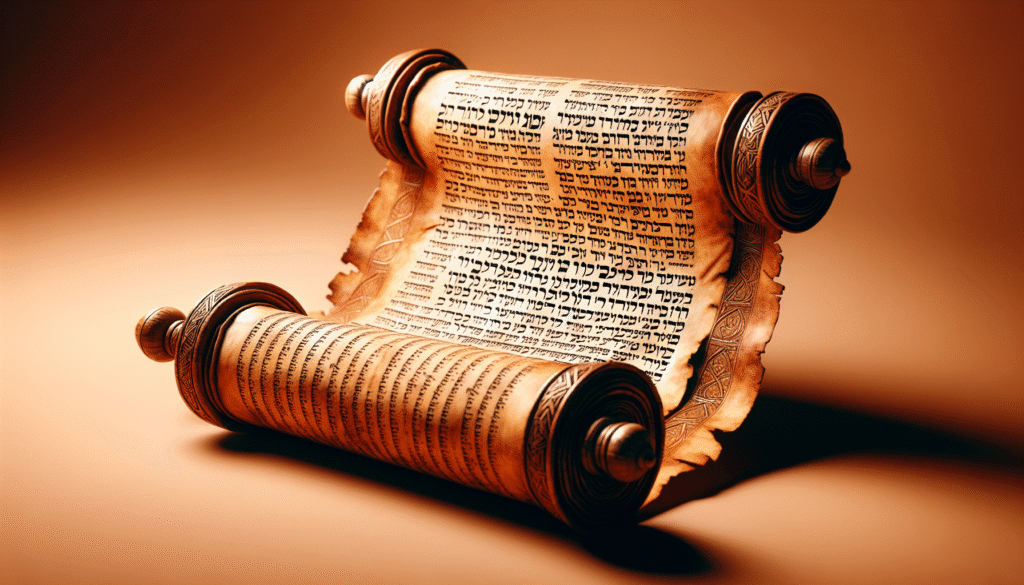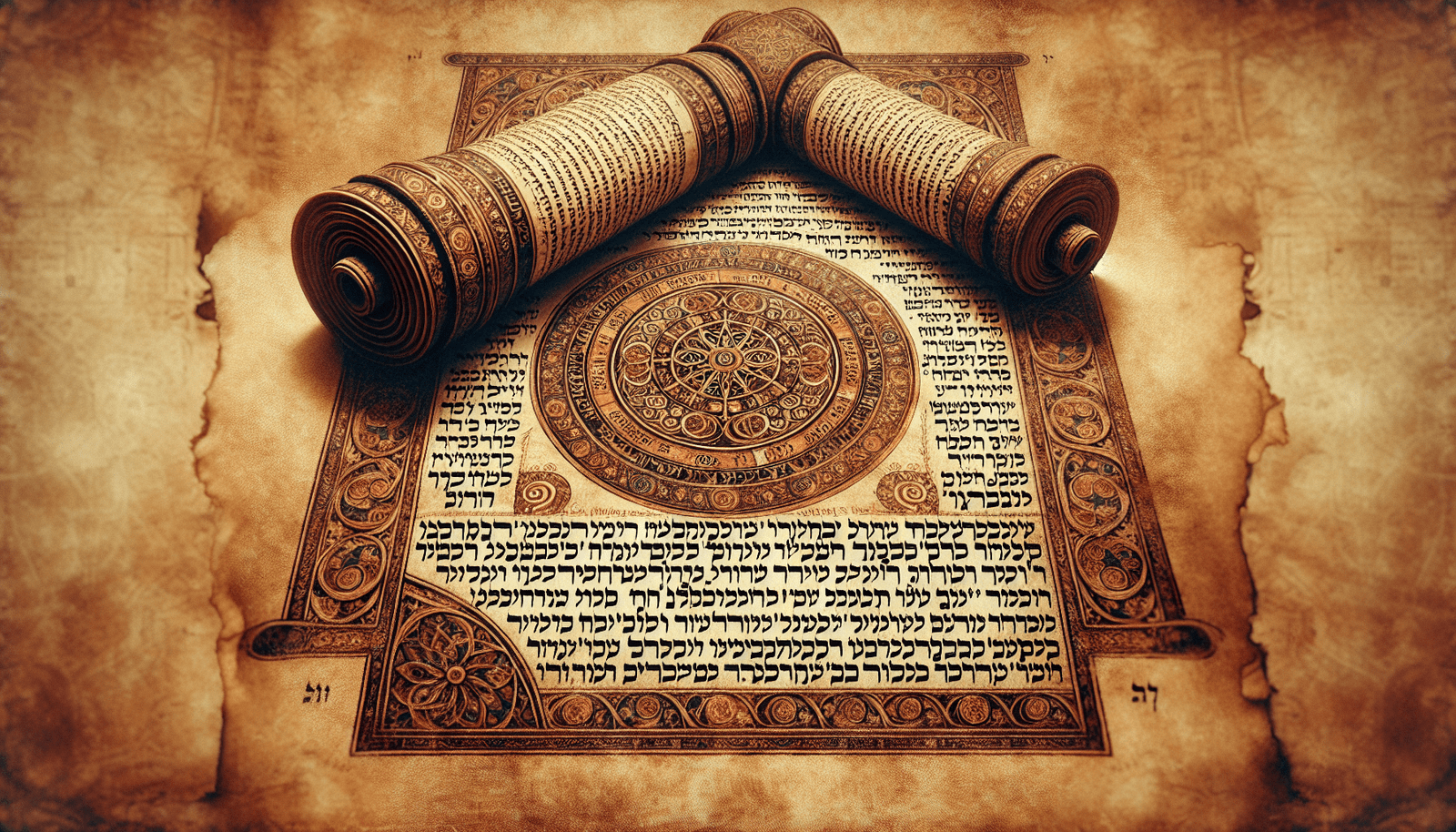What draws your curiosity to ancient texts and their formation? It’s a thought worth pondering, especially when considering how the Masoretic Text came into existence. As someone with a PhD in Theology and a passion for biblical manuscripts, exploring the Masoretic Text offers rich insights into the world of the Hebrew Bible and helps understand its significance, especially as we approach the year 2025. This text, compiled between the 7th and 10th century CE by Jewish scholars known as the Masoretes, serves as the foundational Hebrew text for the Old Testament in both Judaism and mainstream Christianity.
In our technologically advanced and data-driven world, understanding ancient texts matters now more than ever. With ongoing developments in digital humanities, there’s an opportunity to preserve these ancient manuscripts for future generations, interpret them with modern technology, and delve deeper into the linguistic nuances that shape our heritage and present-day beliefs. It’s truly fascinating how a text formed over a millennium ago still impacts religious ideologies, scholarly debates, and individual faith journeys today.
TL;DR
The Masoretic Text is a crucial Hebrew manuscript of the Jewish Tanakh, meticulously compiled by Jewish scribes known as the Masoretes between the 7th and 10th centuries CE. This text is significant as it is the authoritative Hebrew text for biblical studies and religious use in Judaism and Christianity. The Masoretes employed a system of notes to preserve oral traditions and ensure the accurate transmission of the text across generations. Despite being ancient, the Masoretic Text remains relevant today, aiding in the digital preservation and broader understanding of historical and religious scholarship.

Understanding the Masoretic Text
To grasp the Masoretic Text, let’s define what it encompasses. The Masoretic Text is the authoritative Hebrew Bible text, compiled and annotated by the Masoretes. These Jewish scribes dedicated themselves to preserving the precision and sanctity of the Scriptures amidst the rapid dispersion of Jewish communities post-exile.
Definition and Origin
The Masoretic Text stems from the Hebrew word “masorah,” which means “tradition.” The Masoretes meticulously worked from earlier textual traditions, including the Dead Sea Scrolls, Samarian Pentateuch, and others, correcting and standardizing certain inconsistencies.
Main Components: The Masoretic Text includes consonantal text accompanied by a system of vocalization and accents, which help with pronunciation and chanting during religious practices.
Key Features: Vocalization via diacritics, punctuation, and specialized notes called Masorah to preserve traditional pronunciation, as well as cantillation marks for liturgical readings.
Historical Context
The convergence of political, religious, and cultural change influenced the creation of the Masoretic Text. This era saw the dispersion of Jews across various regions following the destruction of the Second Temple in 70 CE, making unifying and standardizing the Hebrew Bible critical.
Timeline: Development began in the 7th century, culminating around the 10th century CE.
Cultural Influence: The surrounding Arabic culture influenced the Hebrew script’s vocalization, evident in the adaptation of diacritics.
The Role of the Masoretes
Discovering who the Masoretes were is essential for comprehending the intricate work behind the Masoretic Text.
Who Were the Masoretes?
The Masoretes were a dedicated group of Jewish scribes and scholars who played a pivotal role in preserving the Hebrew Bible. Predominantly based in Tiberias and Jerusalem, these scholars were deeply committed to textual integrity.
Key Figures: Noteworthy Masoretes like Aaron ben Asher and Moses ben Naphtali are credited with variations in the text’s vocalization systems.
Notable Schools: The Ben Asher and Ben Naphtali schools contributed significantly, differing slightly in pronunciation and written detail.
The Masoretic Process
The Masoretes utilized specialized techniques to ensure precision and consistency.
Textual Annotations: Introduced visual cues using dots and lines above and below Hebrew letters to preserve pronunciation.
Masorah Notations: Ancillary notes documented textual occurrings and anomalies, indicating how passages appeared elsewhere in the text, ensuring oral tradition remained intact.
Guarding Authenticity: Every feature was meticulously scribed to safeguard against transcription errors, demonstrating an immense dedication to accuracy.

Key Manuscripts and Variants
While exploring manuscripts, it’s necessary to spotlight major Masoretic documents and their textual variants, shedding light on the differences and consistencies that have survived time.
Distinguished Manuscripts
Several key manuscripts embody the Masoretic Text, providing a rich source for biblical studies.
Aleppo Codex: Considered the most authoritative Masoretic manuscript, it offers impeccable consonantal text and vocalization dating to the 10th century. Despite damage and loss, it’s still critically valuable.
Leningrad Codex: This complete manuscript dating back to 1008 CE is the oldest fully intact example of a Masoretic Text available today. It serves as a primary textual source for modern Hebrew Bibles.
Comparison to Other Texts
The Masoretic Text is compared against ancient sources like the Septuagint and the Dead Sea Scrolls to validate its accuracy.
Textual Variants: Differences noted in translations (e.g. in Isaiah) highlight minor textual divergences pointing to transmission processes rather than doctrinal discrepancies.
Critical Editions: Modern scholars rely on the Leningrad Codex for Hebrew Bible editions, occasionally consulting other ancient texts for comprehensive understanding.
Linguistic and Theological Impacts
The formation of the Masoretic Text had profound linguistic and theological implications, pivotal in defining Jewish and Christian scriptural traditions.
Linguistic Features
The Masoretic Text enriched the Hebrew language by introducing standardized pronunciations and enhancing linguistic cohesion.
Vowel System: The invention of the Tiberian vowel system enabled the preservation of spoken Hebrew’s nuances, ensuring correct pronunciation passed down.
Grammar Consistency: The notations provided rules for Hebrew grammar and syntax, maintaining linguistic uniformity.
Theological Significance
Theologically, the Masoretic Text crystallized core Jewish doctrine and set a foundation for later Christian translations.
Religious Authority: It serves as a primary text for Jewish tradition, defining religious rituals, prayers, and law.
Translation Fundamentals: Influences numerous Christian Bible translations, including the King James Version, maintaining its relevance across religious spaces.
Modern Relevance and Study
In our contemporary world, the Masoretic Text continues to be an essential focus for religious and academic study.
Digital Preservation Efforts
The digital age offers unprecedented opportunities to access and preserve the Masoretic Text.
Digital Archives: Projects by institutions like the Hebrew University allow global scholarly access to digitized manuscripts and advanced textual databases.
AI and Manuscript Comparisons: AI tools and database integrations enable comprehensive manuscript comparisons, language processing advancements, and preservation of linguistic heritage.
Contemporary Scholarship
Today’s scholars use the Masoretic Text as a springboard for theological exploration and linguistic analysis.
Continuing Research: Ongoing studies in fields like textual criticism aim to understand historical revision processes and linguistic shifts over time.
Educational Resource: It remains a core study subject for theology students and educators worldwide, bridging ancient traditions to modern applications.
FAQ Section
What is the Masoretic Text?
The Masoretic Text is the authoritative Hebrew text of the Jewish Bible, created by Jewish scholars known as the Masoretes between the 7th and 10th century CE. This manuscript forms the basis for most modern Bible translations.
Who were the Masoretes?
The Masoretes were Jewish scribes committed to preserving the accurate transmission of the Hebrew Scriptures. Through systematic annotations, they ensured the text’s consistency across generations.
Why is the Masoretic Text important?
As the primary textual source for the Hebrew Bible, the Masoretic Text is crucial for religious traditions in Judaism and Christianity, serving as the foundation for numerous Bible translations and scholarly studies.
When was the Masoretic Text compiled?
The Masoretic Text was compiled between the 7th and 10th century CE during a time when Jewish communities needed consistent scriptural reference amidst widespread geographical dispersion.
How does the Masoretic Text differ from other ancient texts?
While the Masoretic Text serves as a standard Hebrew Bible, other texts like the Septuagint offer Greek translations of the Old Testament. Comparisons reveal minor textual variants but highlight the Masoretic Text’s exceptional precision.
People Also Ask Section
How did Masoretes preserve the Hebrew text?
Through a system of vocalization, accents, and Masorah notation, the Masoretes meticulously maintained correct pronunciation and safeguarded against transcription errors.
What are the most famous Masoretic manuscripts?
Notably, the Aleppo Codex and Leningrad Codex stand out as significant Masoretic manuscripts, revered by scholars for their fidelity to the original text.
Why study the Masoretic Text today?
Studying the Masoretic Text aids in understanding linguistic, historical, and theological developments, providing insights into our shared religious and cultural heritage.
Is the Masoretic Text used in modern Judaism?
Yes, the Masoretic Text remains central in modern Judaism for religious practices, including Torah readings and prayers, maintaining its legacy within liturgical traditions.
How has technology affected our understanding of the Masoretic Text?
Technology has enabled expansive digital preservation efforts, allowing wider access and facilitating advanced linguistic studies that deepen our understanding of the text’s intricacies.
In conclusion, the Masoretic Text is not just about ancient manuscripts but also about how history, tradition, and modern innovation converge. As we look forward to future discoveries and developments, let the Masoretic Text remind us of our roots while exploring new heights of understanding in our ever-connected world.




